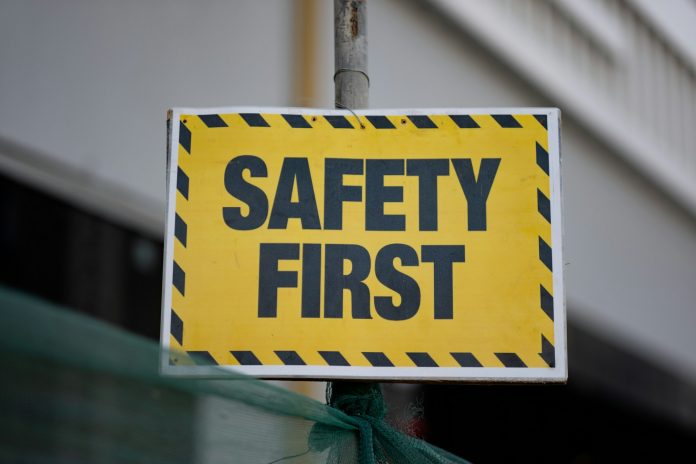Whether you’re a landlord, building manager or property developer, the safety of your employees, tenants and contractors is paramount. Adopting the appropriate safety practices across your business helps to prevent injuries and illnesses and reduces your liability for accidents at work. Here are the essentials you should be implementing.
Comprehensive safety training
Awareness and training underpin safety. Ensure all contractors and employees are adequately trained in health and safety principles and follow a consistent set of protocols.
Safety training should be comprehensive and cover a wide range of topics, including emergency procedures, hazard identification and safe work practices. Tailor sessions to the specific risks associated with your properties or workplaces, whether it’s a residential building, commercial space or industrial site.
Regular refresher courses are vital to keep safety knowledge up to date and all training should be documented for future purposes.
Inspection and maintenance of equipment
Proper inspection and maintenance of equipment should be a key part of your safety checklist. This includes everything from electrical systems and fire equipment to lifts, boilers and HVAC systems.
Establish a routine inspection schedule to help identify potential hazards before they become more dangerous and potentially lead to accidents. Maintenance logs should be meticulously kept, recording any issues found, the actions taken to resolve them, and the date of the next scheduled inspection.
It’s also crucial that any repairs or maintenance work is carried out by qualified professionals. This reduces the risk of equipment failure, which can lead to serious incidents and legal liabilities.
Promoting a safety culture
A prominent safety culture is one of the best ways to protect everyone in and around your business activities. It’s more than just compliance with regulations; it requires active engagement from all staff members, top to bottom.
Encourage open communication about safety concerns. This should help each individual understand the importance of their role in maintaining workplace safety across the board.
Regular meetings, workshops and drills can reinforce this culture. Recognising and rewarding safe practices can also motivate employees to remain vigilant. When safety becomes a shared value, the likelihood of accidents tends to decrease significantly.
Use of PPE and safety gear
Personal protective equipment (PPE) is critical for preventing accidents and dampening the consequences of unavoidable ones.
All employees and contractors should be provided with the appropriate safety gear for their tasks and work environment. Hard hats, gloves, glasses and high-visibility clothing are some of the most common, but others may be needed.
It’s not enough to simply provide this equipment. Training should be provided on the correct usage and maintenance of PPE. All items should also be inspected regularly and replaced where necessary.



 Bitcoin
Bitcoin  Ethereum
Ethereum  Tether
Tether  XRP
XRP  USDC
USDC  Solana
Solana  Cardano
Cardano  TRON
TRON  Lido Staked Ether
Lido Staked Ether  Toncoin
Toncoin  Avalanche
Avalanche